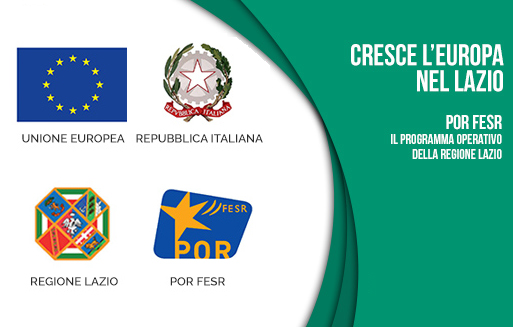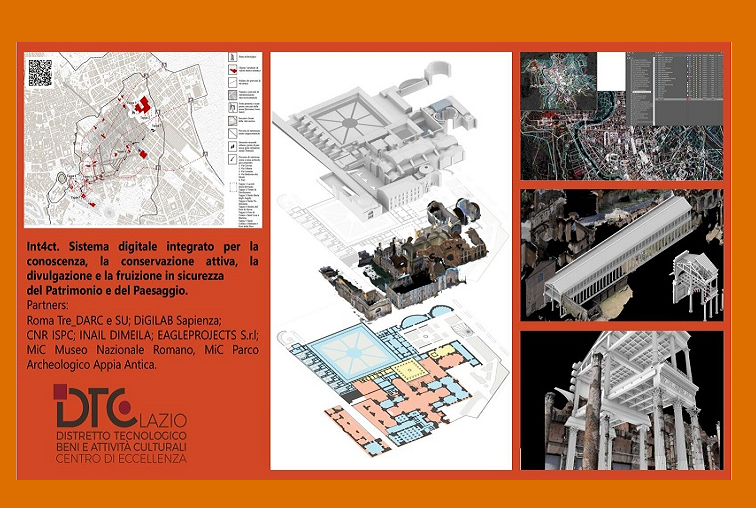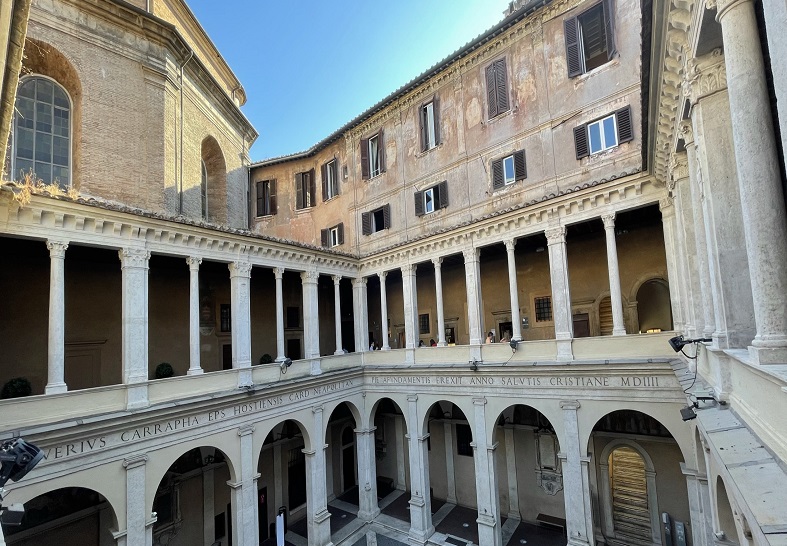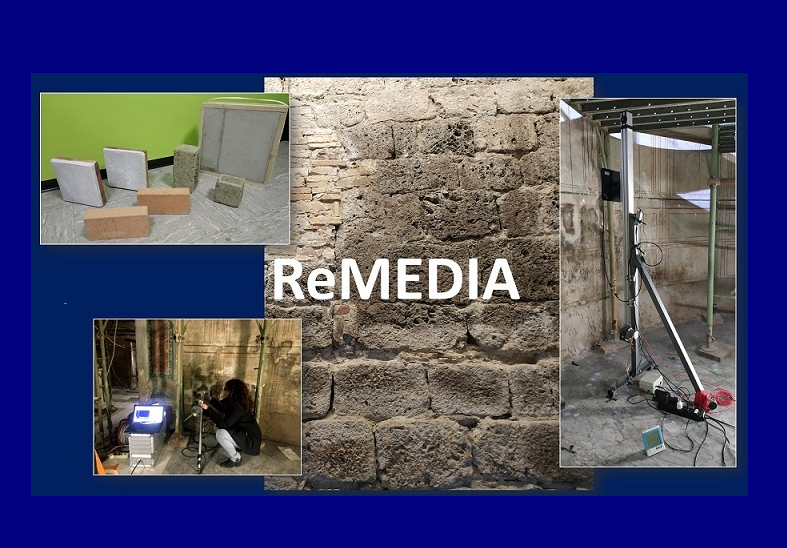RI Projects
IR Projects PON/POR
PON SHINE
SHINE – StrengtHening the Italian Nodes of E-RIHS
The SHINE project was born from the need to enhance the contribution of CNR to the Italian node of the European infrastructure E-RIHSto foster the development of a multidisciplinary system of research, innovation, and technology transfer capable of enhancing and strengthening the best skills in the interdisciplinary study of cultural heritage.
SHINE, funded by M.I.U.R– Action II.1 of the PON Research and Innovation of 2014-2020, aims to strengthen the technological capabilities and the degree of innovation of E-RIHS.it, laboratory equipment, portable technologies, and centers for data science activities with specific reference to the FIXLAB and MOLAB platforms.
For the FIXLAB platform (CNR ISPC Lecce, CNR NANOTEC Lecce, CNR INO Naples) the project will strenghten ), laboratories of excellence dedicated to:
– structural/morphological characterization of stone materials (stone-lab);
– dating to C14 (dating-lab);
– structural/morphological analysis of medium/small samples or objects using THz radiation (inside-out lab);
For the MOLAB platform, the enhancement is distributed in 2 specific directions.
The first, reMOLAB (CNR ISPC Potenza, CNR ISPC Naples, CNR INO Naples, CNR ISPC Lecce, CNR INM Palermo), will be oriented towards remote sensing as a key tool for research and scientific-technological support activities for preventive, underwater and of the landscape; the documentation, interpretation and conservation of the historical-architectural and archaeological heritage; risk analysis and monitoring and assessment of post-disaster damage. Through reMOLAB, we intend to promote the integration and interoperability of different active/passive sensors for mobile acquisition systems, many of which are remotely piloted in terrestrial, air, and marine contexts.
The second, hyMOLAB (CNR ISPC Catania, CNR SCITEC Perugia, CNR INO Firenze), will focus on new acquisition methods through hyperspectral imaging which innovatively allows the study, from the macro to the micro-scale, of heritage materials characterized by high complexity and compositional heterogeneity even in situ without the need to move the object to the laboratory.
The DIGILAB platform (CNR ISPC Lecce, CNR ISPC Napoli) will instead be the hub for the management of the digital data lifecycle in the HS. It will provide users access to an interoperable ecosystem of data, tools and services to support the research, protection, conservation, enhancement and interpretation of cultural heritage.
The common denominator of all lines of intervention is interdisciplinarity, with the creation of nodes that are highly attractive for European researchers thanks to the co-presence of cutting-edge technologies (specifically developed and/or optimized for HS) and unique skills in their application to research for the knowledge and conservation of cultural heritage.
The project's scientific responsible is Costanza MIliani (costanza.miliani@cnr.it)), director of CNR ISPC, the lead institute of the Italian node of E-RIHS.
POR FESR Lazio
The POR FESR Lazio 2014-2020 is one of the most important instruments of regional development policy and assumes a central role in the implementation of Europe 2020, which aims at smart, sustainable and inclusive growth and the achievement of economic, social and territorial cohesion.
For the public notice "Projects of Research Groups 2020", four projects obtained the funding of the POR FESR Lazio 2014-2020, research projects submitted in the area of specialization of Smart Specialisation Strategy Regionale (S3) “Beni culturali e tecnologie della cultura”.
Three of the funded projects involve as proposer, the CNR ISPC of the branch in Rome. ISPC Istituto di Scienze del Patrimonio Culturale del CNR, leads the Italian node of E-RIHS, the European research infrastructure for heritage science (www.e-rihs.eu)
Two other projects will be coordinated by ENEA, l’ Agenzia nazionale per le nuove tecnologie l’energia e lo sviluppo economico sostenibile, 96 / 5.000 Risultati della traduzione Risultato di traduzione also a partner of the Italian node of E-RIHS, in collaboration with CNR ISPC and CNR INM the Istituto di Ingegneria del Mare.
Among the universities involved: theUniversità di Tor Vergata con il Dipartimento di Ingegneria Industriale e la Sapienza Università di Roma with the Centro interdipartimentale di ricerca e servizi (DigiLab) and the Dipartimento di Storia, Disegno e Restauro dell’Architettura (DSDRA), e and the Università degli Studi di Roma tre.
For the full list of projects visit this LINK




